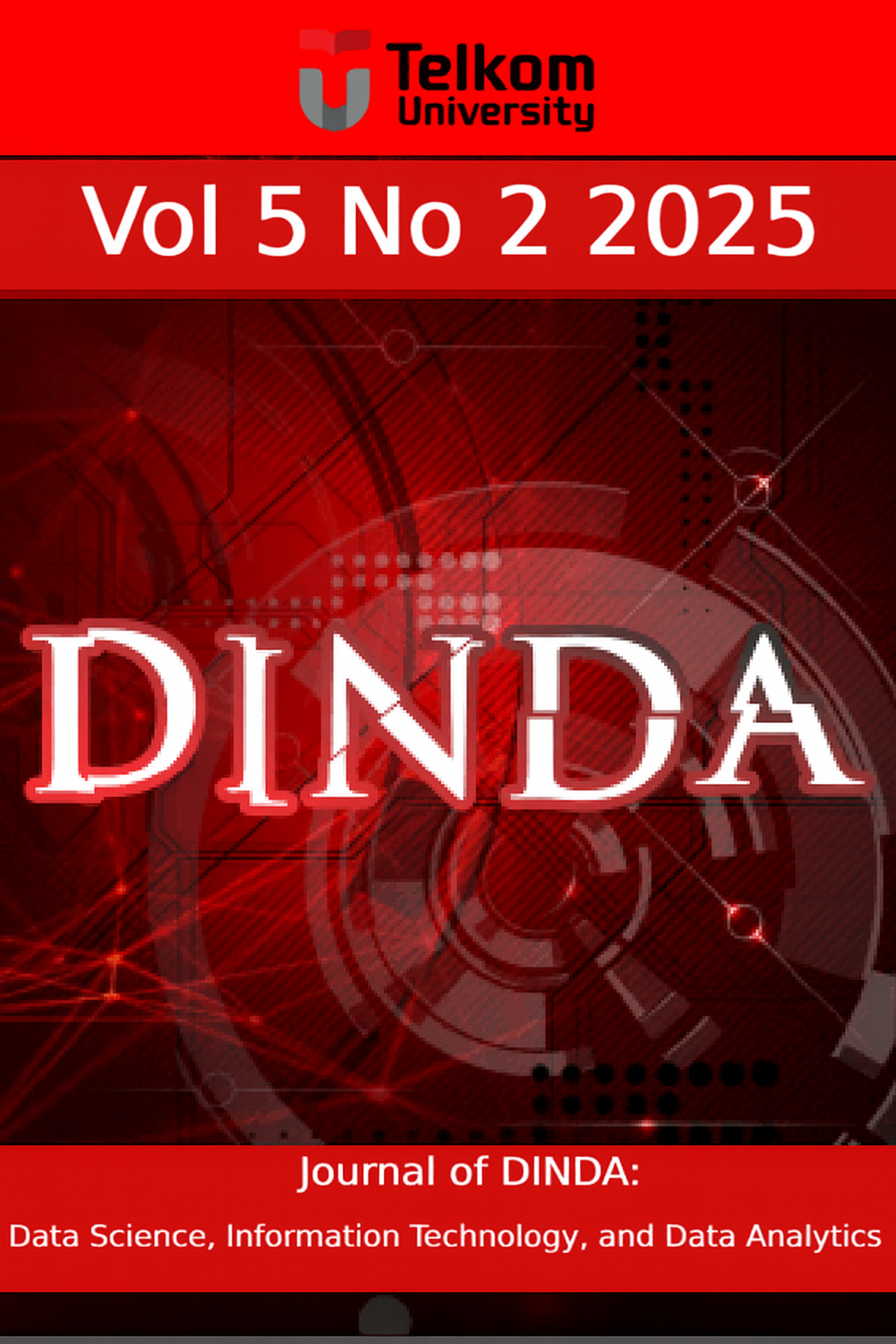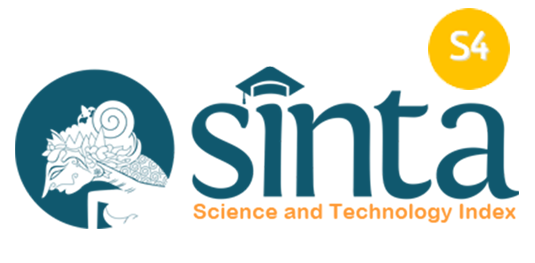Unveiling Risk Patterns of Disability Progression A Clustering Based Transition Matrix Analysis Using Indonesian National Data
Abstract
This study investigates the progression of disability severity from "some difficulty" to "a lot of difficulty" using a transition matrix framework. It aims to identify risk patterns and classify severity clusters based on national survey data from Indonesia between 2010 and 2023. The study draws on the theory of functional limitation progression, which assumes that individuals with mild disabilities face varying probabilities of developing severe limitations depending on contextual and demographic factors. It also incorporates clustering theory to group similar progression behaviors. We utilize 20,604 data points from multiple disability types (cognitive, hearing, mobility, etc.). The transition rate is computed as the ratio of individuals with "a lot" difficulty to the total with "some" and "a lot" difficulty. Statistical analyses include descriptive summaries, Pearson correlation, and K-Means clustering via the FASTCLUS procedure. Heatmaps are generated to observe annual and typological patterns. The average transition rate is 66.77%, with a maximum of 99.6% in some subgroups. Three distinct severity clusters emerged, centered at 31.27%, 58.62%, and 82.20%. Transition rate negatively correlates with "some difficulty" prevalence (r = –0.45, p < .0001), indicating progressive concentration of severity in smaller populations. Heatmaps reveal consistent risk escalation over time, especially in cognitive and self-care disabilities. This study enables policy actors to stratify intervention priorities and monitor disability risk more accurately using dynamic, data-driven indicators. This is the first study in Indonesia to apply a large-scale transition matrix combined with clustering to map functional disability progression. It offers a novel quantitative method to uncover hidden severity patterns and informs future decision-support systems for inclusive health planning.













